From a distant glance, the thrift shop Spot Hideout looks like any other modernist apartment building in Ho Chi Minh City coated in a grey exterior with balconies framed in metalwork.
On the way up the complex and past small apartments, a conspicuous shop gleams through the hall. Bomber jackets in blues and yellows hang from the walls. Racks of jeans and button-downs frame the interior. At the back of the meticulously organised space, Phương, Shop Hideout’s co-owner, stands responding to a customer’s Instagram message.
Vietnamese youth express themselves in many ways, fashion being one of them. But the fashion tends to be more current, with inspiration from nearby countries like Japan and Korea.
For the 23-year-old denim enthusiast, fashion is deeply embedded in his character. And second-hand products are a way to express his distinct style. Decked in denim from head to toe, an outfit he accessorises with bold round glasses, Phương believes second-hand shops are a space to educate others about a retro fashion sense.
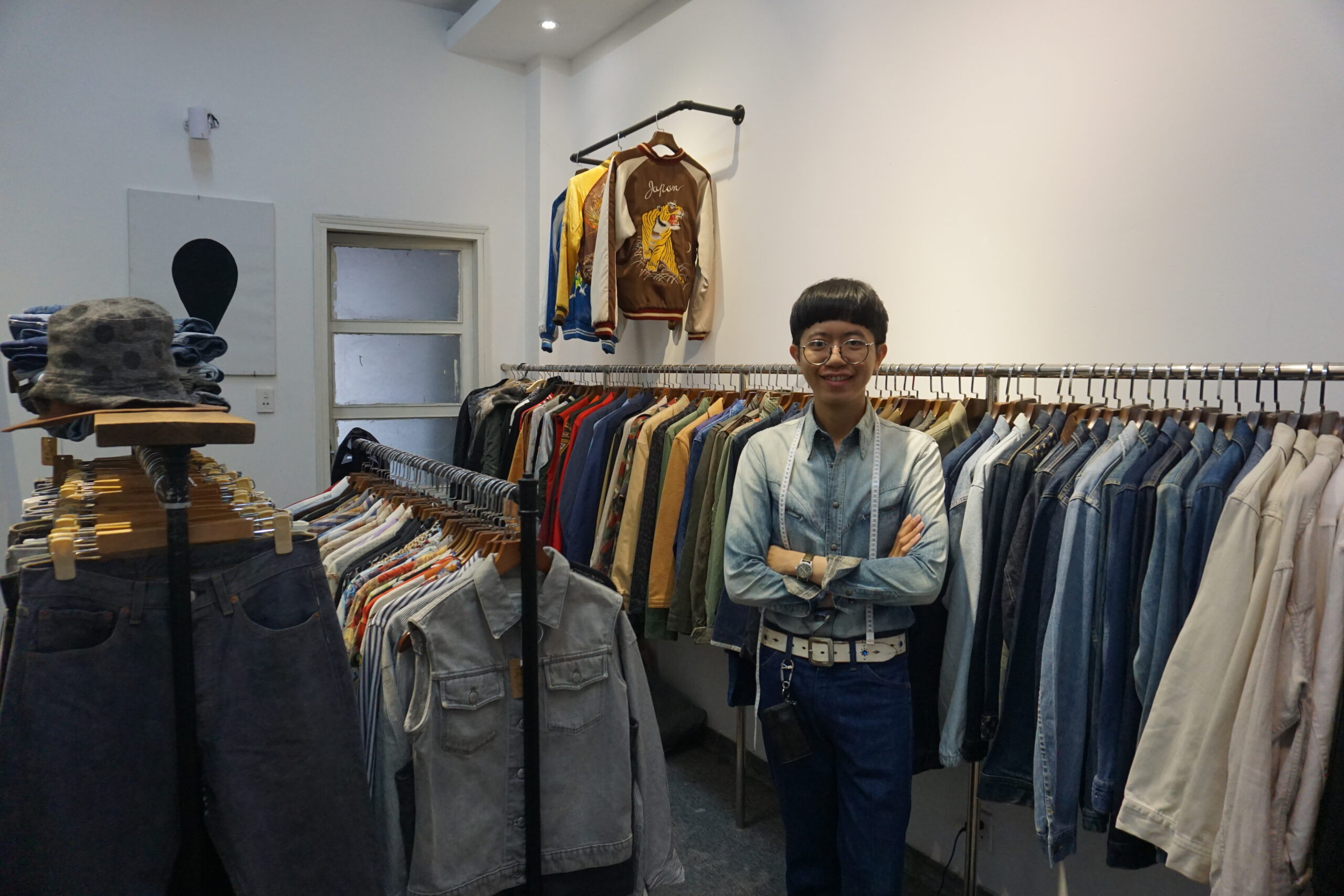
“Youth in Vietnam don’t really like this style, and they don’t really know much about it,” Phương said, referencing his denim outfit. “It’s mostly older people who know about it. I feel like youth don’t really wear this style much, so I’m doing this.”
He co-owns the shop with his 21-year-old friend, Minh, who also cares deeply about sharing information about a style that is uncommon in the current Vietnamese fashion scene.
Phương explained that thrift shops used to be run mostly by middle aged Vietnamese, but that all may be changing. New forms of thrift shops are emerging, mostly run by youth. Phương’s clients are primarily residents of Ho Chi Minh City between the ages of 18-28. And for many young people, their shops are emblematic of Vietnamese youth culture and a symbol of identity.
“I want to both make money for myself and further develop the community as well,” Phương said. “I want to show my personality, and sell stuff that fits my style.”
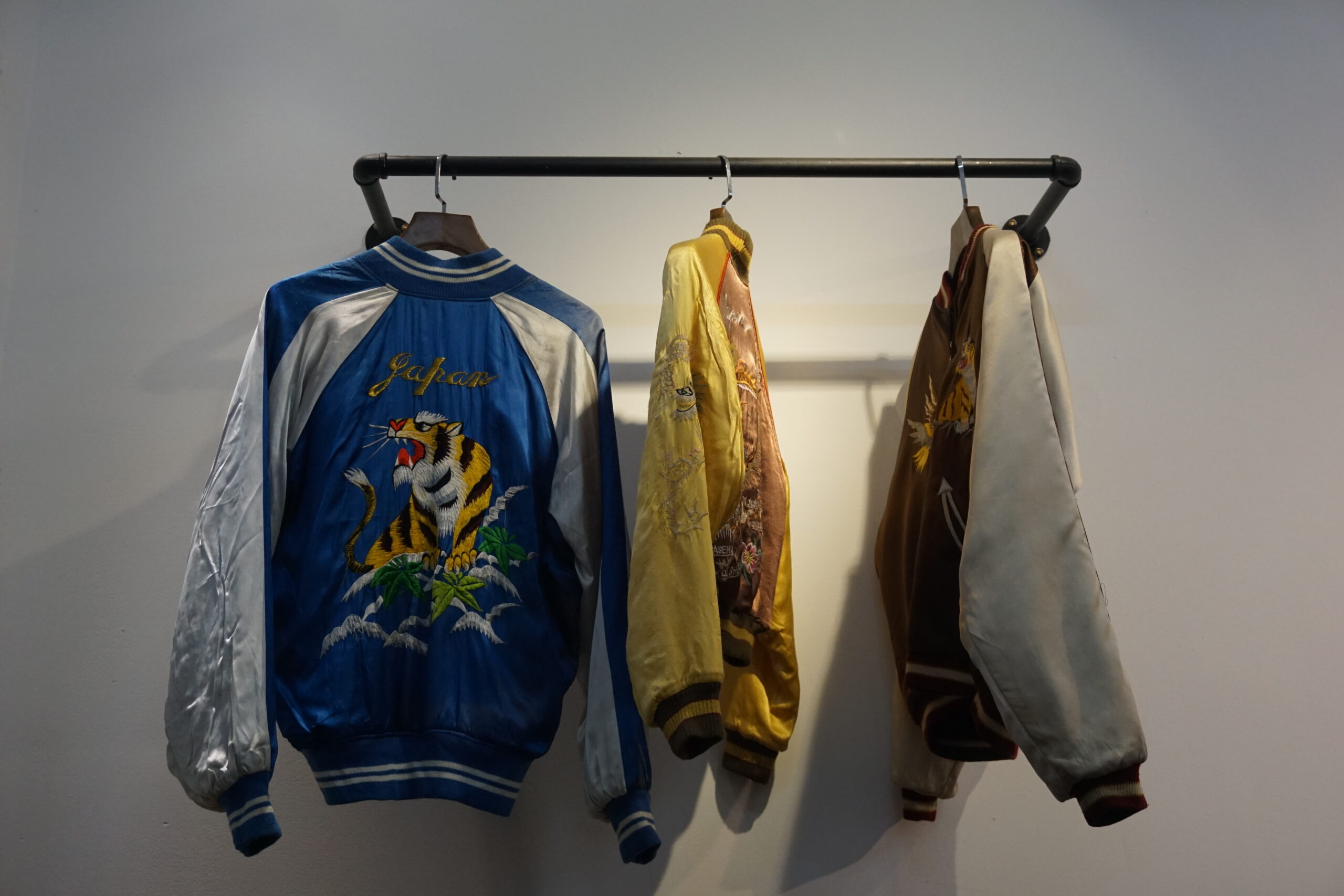
Fashion as expression
Phương isn’t the only young person in the city hoping to teach young Vietnamese people about unique style.
Vietnamese designer, Quách Đắc Thắng, who goes by ‘Vicki’, is a rising star in the Vietnamese fashion industry. He founded his own fashion line, La Lune, and has a strong understanding of current fashion trends in the country.
“In general, young Vietnamese people lean more on the practical side of fashion while still somewhat expressing and retaining their own personalities,” he told the Globe.
He maintains that the fashion scene in Vietnam is incredibly diverse, but purchasing from second hand shops offers multiple benefits.
“Buying second-hand goods allows people to possess items which are limited in quantity or no longer available in the market,” Vicki said.
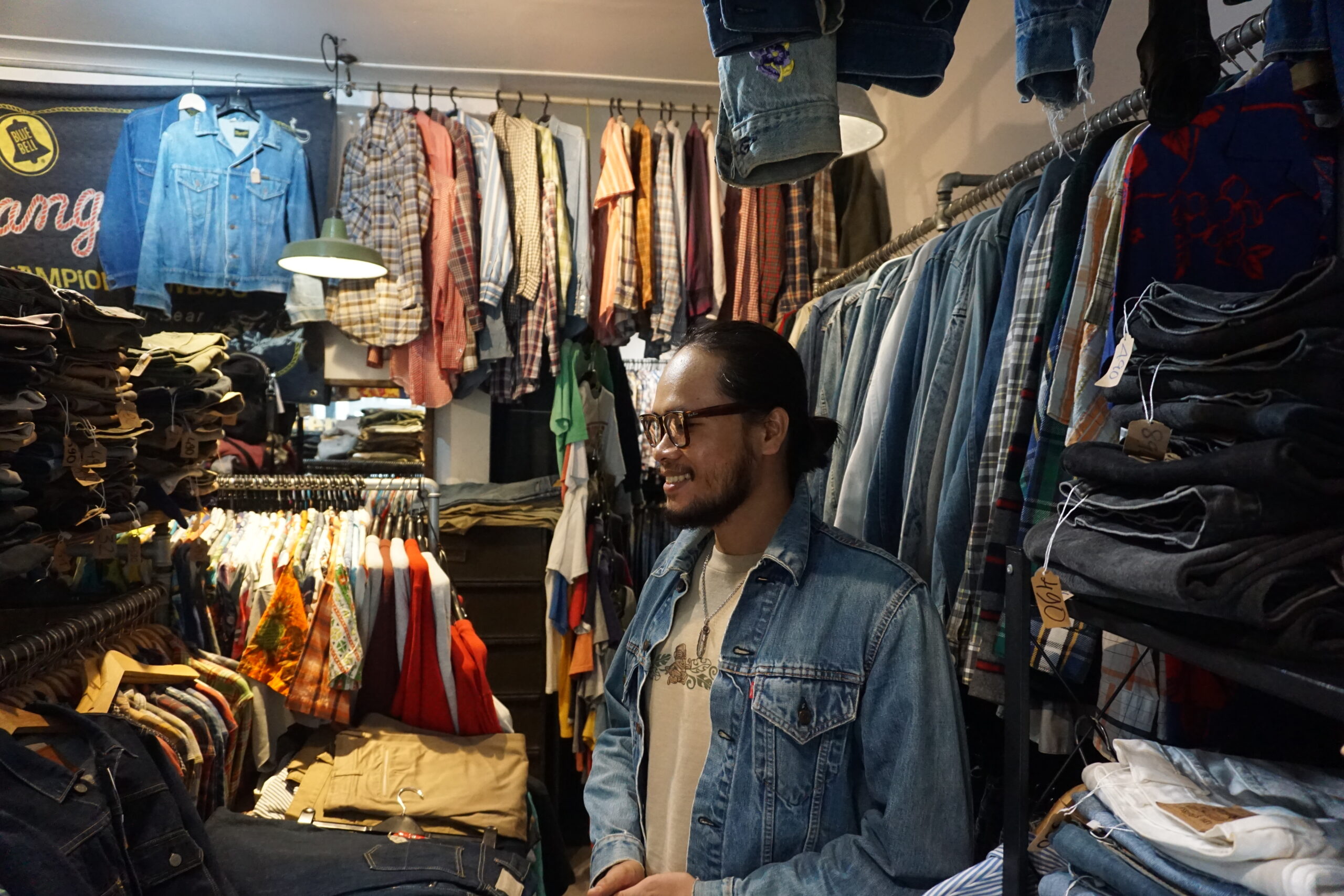
Nhân, who runs Denimister in Phú Nhuận district, is another prominent member of the denim community in Vietnam. He sports a beard and speaks with great passion when discussing fashion and denim. Nhân likes to use the word “selective” to describe his products. His clothes are more expensive than traditional thrift shops run by older people, he said, but his customers don’t mind.
“Customers are willing to pay more money, even to the extent that sometimes they pay more than for new products,” Nhân said. “It’s simply that people like quality products that are durable, and people are happy when they give out some money to buy a high-quality product.”
After studying import-export business as an undergraduate, he has a deep understanding of the Vietnamese consumer. Vietnamese people in general appreciate quality products, Nhân said, explaining why Vietnamese youth are so drawn to Japanese and American goods.
In sharing their experiences with thrift shops and fashion, many second-hand shop owners often talk about up Japan as an influence.
Both Phương and Nhân have collections of Japanese fashion books in their shops. Phương was first inspired to get into thrifting when he learned about Japanese Americana, the Japanese take on vintage American clothes.
“At first, I was influenced by Japan. The vintage Americana that Japanese people wear is really beautiful,” Phương said.
Nguyễn Nữ Nguyệt Anh, the dean of the sociology department at the University of Social Sciences and Humanities, Vietnam National University of Ho Chi Minh City, associates this connection between Japanese fashion and Vietnamese trends as an attraction to a minimal aesthetic.
“Recently, we learned a lot about the simple lifestyle from Japan,” she said. “Vietnamese people really like the style, simple but looks elegant.”
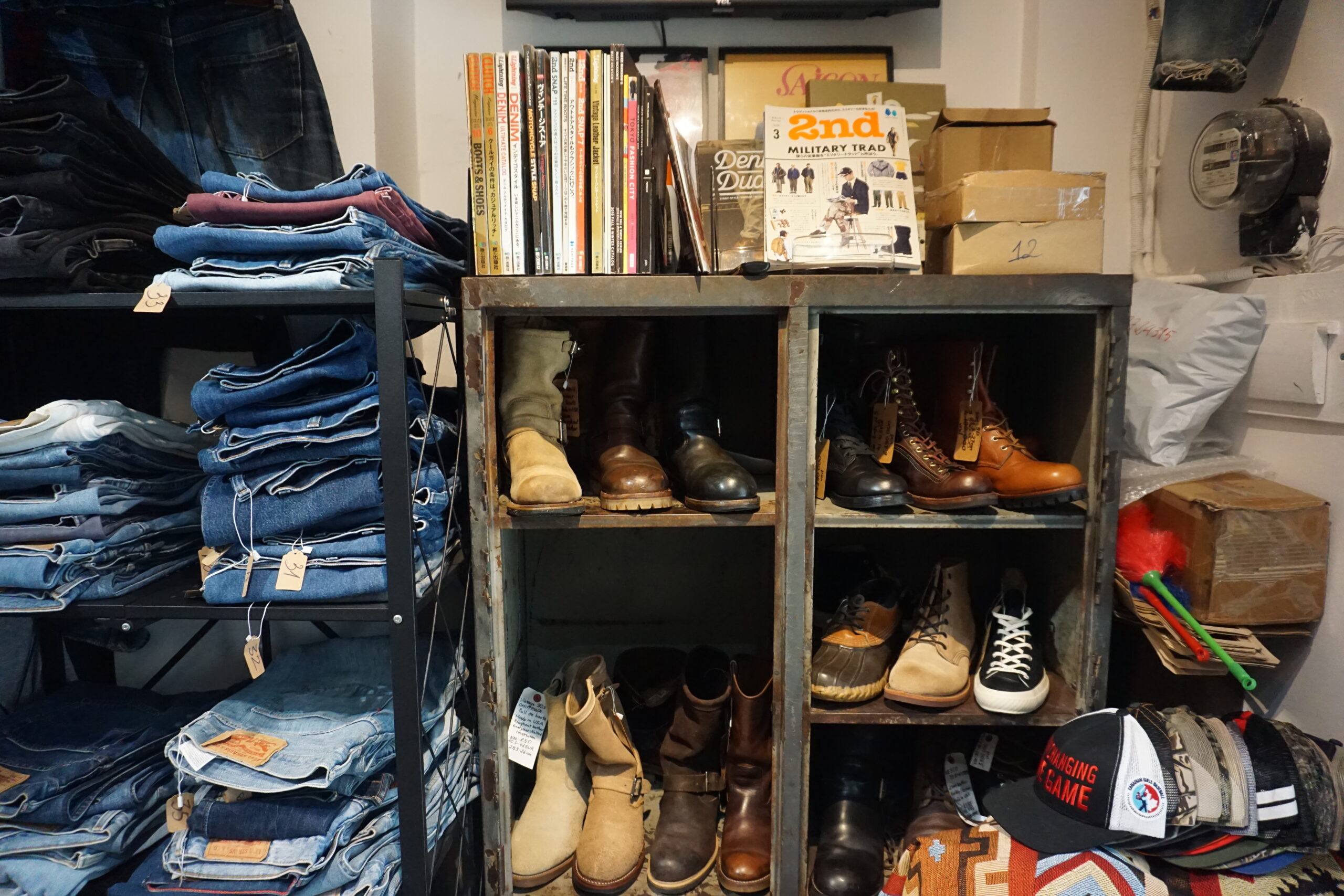
A sustainable trade
While many second hand shop owners aim to express themselves through fashion, others are concerned beyond expression with deep concerns for sustainability and the environment.
Sĩ , another seller in Ho Chi Minh City, currently trading in second-hand goods on Instagram. Aware of the industry’s environmental impact, Sĩ makes a point to not overbuy or oversell.
“I don’t want to sell a lot, because I don’t want to promote consumerism,” Sĩ said. “If you take everything, there’s nothing left for other people.”
Using Instagram also allows sellers to have freedom over what and how they sell. It’s also a low-risk dip into the second-hand goods market. Instagram gives sellers a space to advertise products and interact with customers all without the cost and maintenance of running a physical shop.
“I do online stuff mainly, because it’s less risky for your business.”
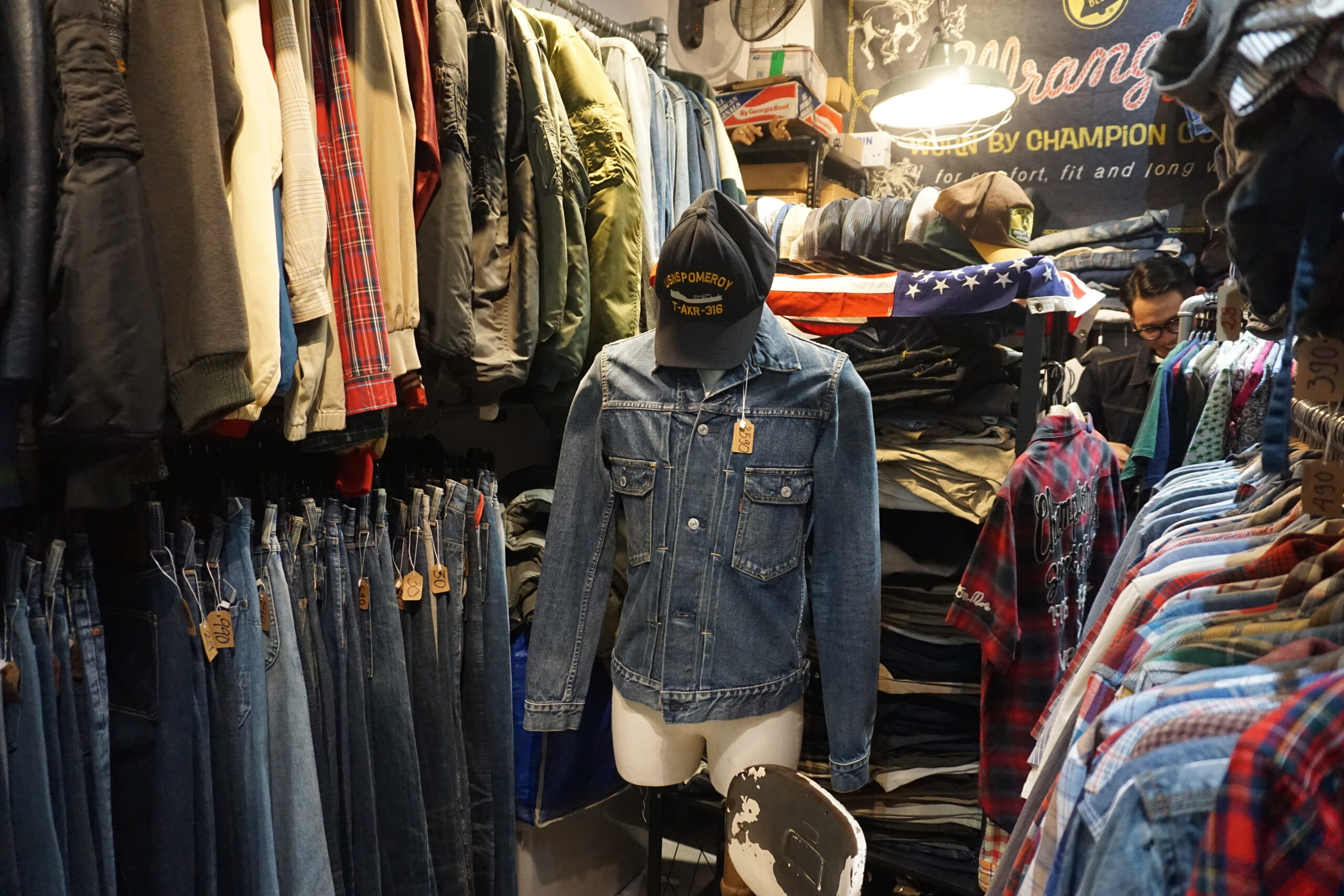
Many youth like Sĩ get information on sustainability online, but now it’s even part of the Vietnamese education system curriculum. Nguyễn, the sociologist, said that the country is becoming more aware of protecting the environment.
“Now we are developing service learning that we try to know about the community’s needs, particularly related to the environment. It is integrated into the curriculum, in some programs from Kindergarten as well.”
According to Nguyễn, the national public school curriculum as it currently stands focuses on climate change, but less on reusing goods. Sustainable fashion is also not included in the school curriculum.
Although thrifting is becoming more popular among youth there is some resistance to using second-hand clothing.
Some people simply prefer new products. They like the connection between status and being able to buy brand name goods. Others perceive secondhand goods as unhygienic, making them resistant to buying them.
Nguyễn also sees some linguistic evidence that the general population has some hesitancy in fully embracing second-hand goods. She points to a Vietnamese idiom to explain why.
“Người cũ, đồ mới,” which literally translates to:
“People old, things new”
While used clothing still might not yet be popular in Vietnam, youth are at the forefront of driving change.
“All over the world, the trend of liking Americana is really common, and in the past few years there’s been this big development from communities on Instagram,” Nhân said.
“People share lots of photos, which creates this big inspiration in youth. So when youth come into my shop they go ‘oh wow,’ when they see my products. They really enjoy it.”
Photos by Brendan Ryan for Southeast Asia Globe.


